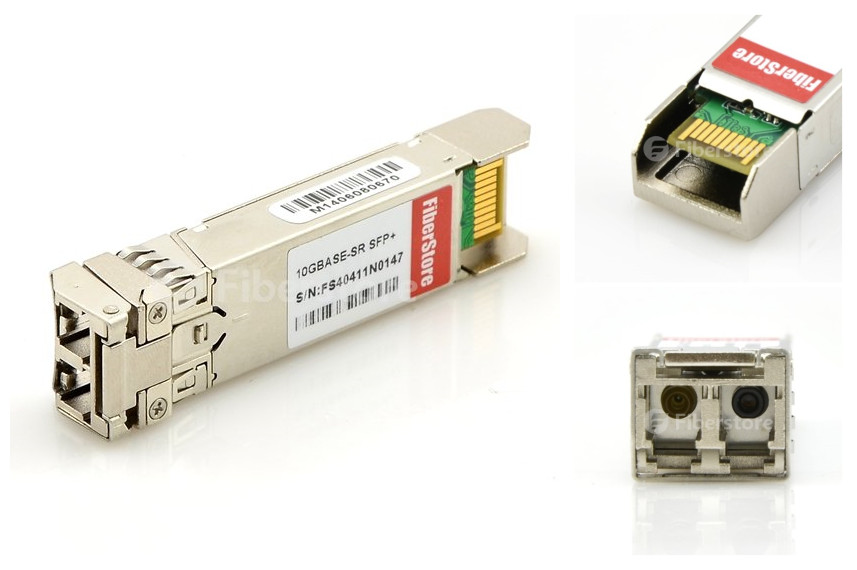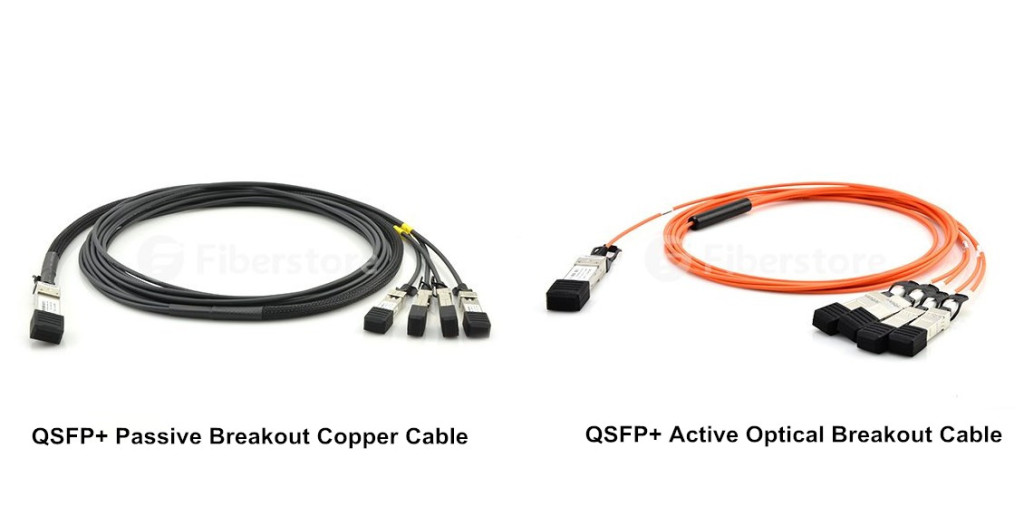A dual-rate optical transceiver means that an optical transceiver can support two different data rates. Users could use dual-rate optical transceivers to achieve the full forward and backward compatibility of their systems, which helps them save a lot. The common dual-rate optical transceivers in today’s market is the 1G/10G dual-rate SFP+ transceiver. In this post, we will give a brief introduction to this kind of dual-rate transceiver.
1/10G dual-rate SFP+ transceivers are designed for use in 1-Gigabit and 10-Gigabit Ethernet links over single-mode fiber (SMF) or multi-mode fiber (MMF). They are compliant with SFF-8431, IEEE 802.3-2005 10GBASE-SR/SW, 10GBASE-LR and 1000BASE-SX, 1000BASE-LX. Digital diagnostics monitoring (DDM) or digital optical monitoring (DOM) functions are available in dual-rate SFP+ transceivers via a 2-wire serial interface as specified in SFF-8472, so users can monitor many parameters of the transceiver module in real-time. There are many different vendors to supply 1G/10G dual-rate SFP+ transceiver, but the standards and protocols which they complied with are the same. The picture below shows an Intel E10GSFPSR 1/10G dual-rate SFP+ transceiver.

1G/10G dual-rate 10GBASE-LR and 1000BASE-LX SFP+ transceivers are designed for use in 1-Gigabit and 10-Gigabit Ethernet links up to 10km over SMF. They are compliant with SFF-8431, IEEE 802.3-2005 10GBASE-LR/LW and 1000BASE-LX. Digital diagnostics functions are available via a 2-wire serial interface, as specified in SFF-8472. 1G/10G dual-rate 10GBASE-LR and 1000BASE-LX SFP+ transceivers, such as Finisar FTLX1471D3BCV and Intel E10GSFPLR 10GBASE-LR and 1000BASE-LX SFP+ transceivers, are for applications specifically designed for 10G SFP+ ports and 1G/10G SFP+ ports. The FTLX1471D3BCV is a “limiting module”, which means it employs a limiting receiver. Host board designers using an EDC PHY IC should follow the IC manufacturer’s recommended settings for interoperating the hostboard EDC PHY with a limiting receiver SFP+ module. These transceivers are RoHS compliant.
1G/10G dual-rate 10GBASE-SR and 1000BASE-SX SFP+ transceivers are designed for use in 1-Gigabit and 10-Gigabit Ethernet links over MMF. They are compliant with SFF-8431, IEEE 802.3-2012 10GBASE-SR/SW and 1000BASE-SX. Digital diagnostics functions are available via a 2-wire serial interface, as specified in SFF-8472. 1G/10G dual-rate 10GBASE-SR and 1000BASE-SX SFP+ transceivers, such as Finisar FTLX8571D3BCV, Finisar Intel FTLX8571D3BCV-IT, and Intel E10GSFPSR SFP+ transceivers, are for applications specifically designed for 10G SFP+ ports and 1G/10GSFP+ ports. The FTLX8574D3BCV is a “limiting module”, i.e., it employs a limiting receiver. Host board designers using an EDC PHY IC should follow the IC manufacturer’s recommended settings for interoperability with an SFP+ limiting module.
A 1G/10G dual-rate SFP+ can be used in both 1 Gigabit Ethernet and 10 Gigabit Ethernet links which eases the transition from 1Gb/s to 10Gb/s systems. This kind of SFP+ transceivers provide you a cost-effective solution for upgrading to higher needs of data rates. Moreover, 40G is becoming more and more popular and 100G is developing rapidly, thus the market of dual-rate optical transceivers will be promising. Fiberstore manufactures and supplies a complete range of SFP+ transceivers. Dual-rate 1G/10G SFP+ provided by Fiberstore can be designed to be compatible with many major brands, such as Cisco, HP, Juniper etc. And every optical transceiver has been tested to ensure our customers to receive the optics with superior quality.
